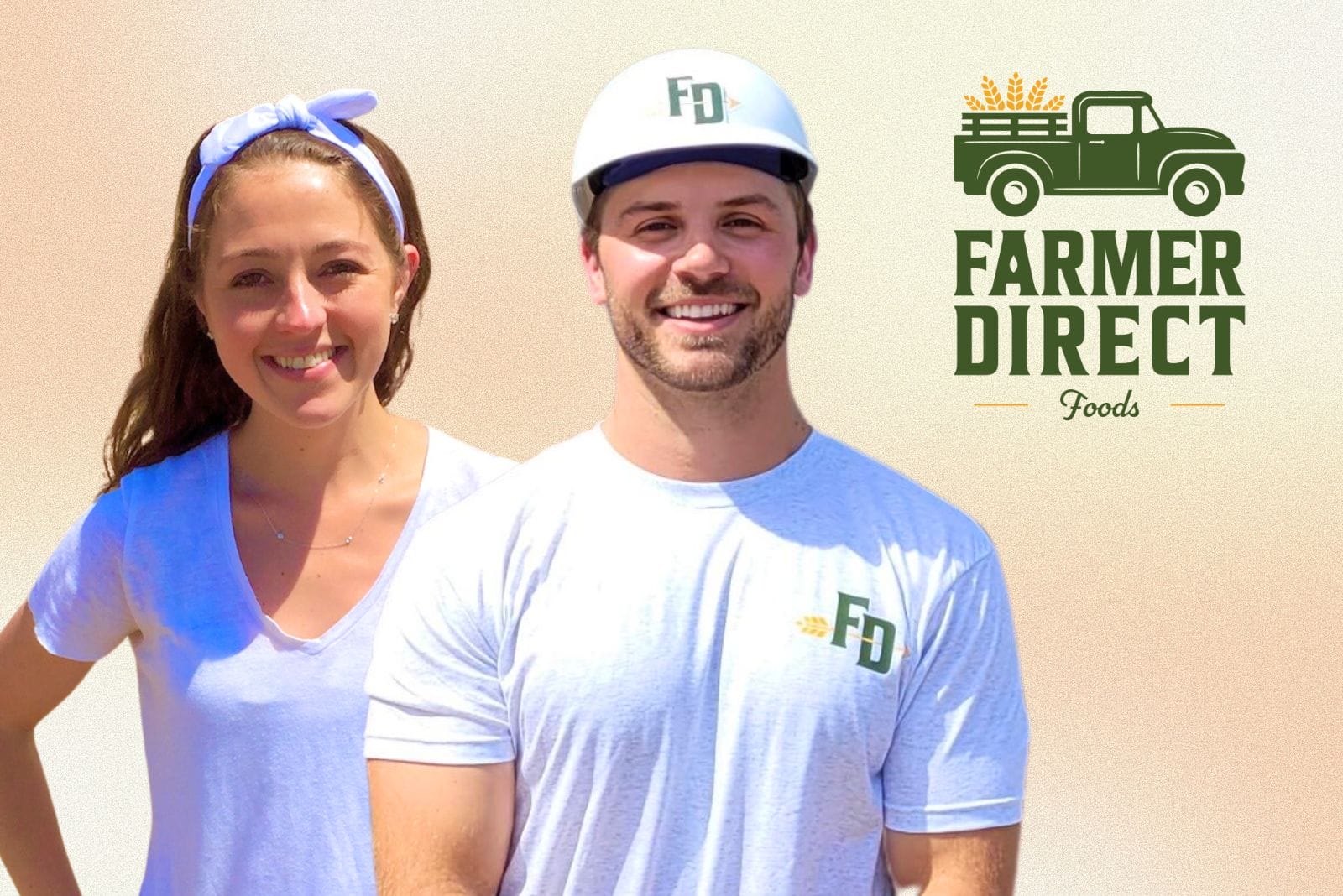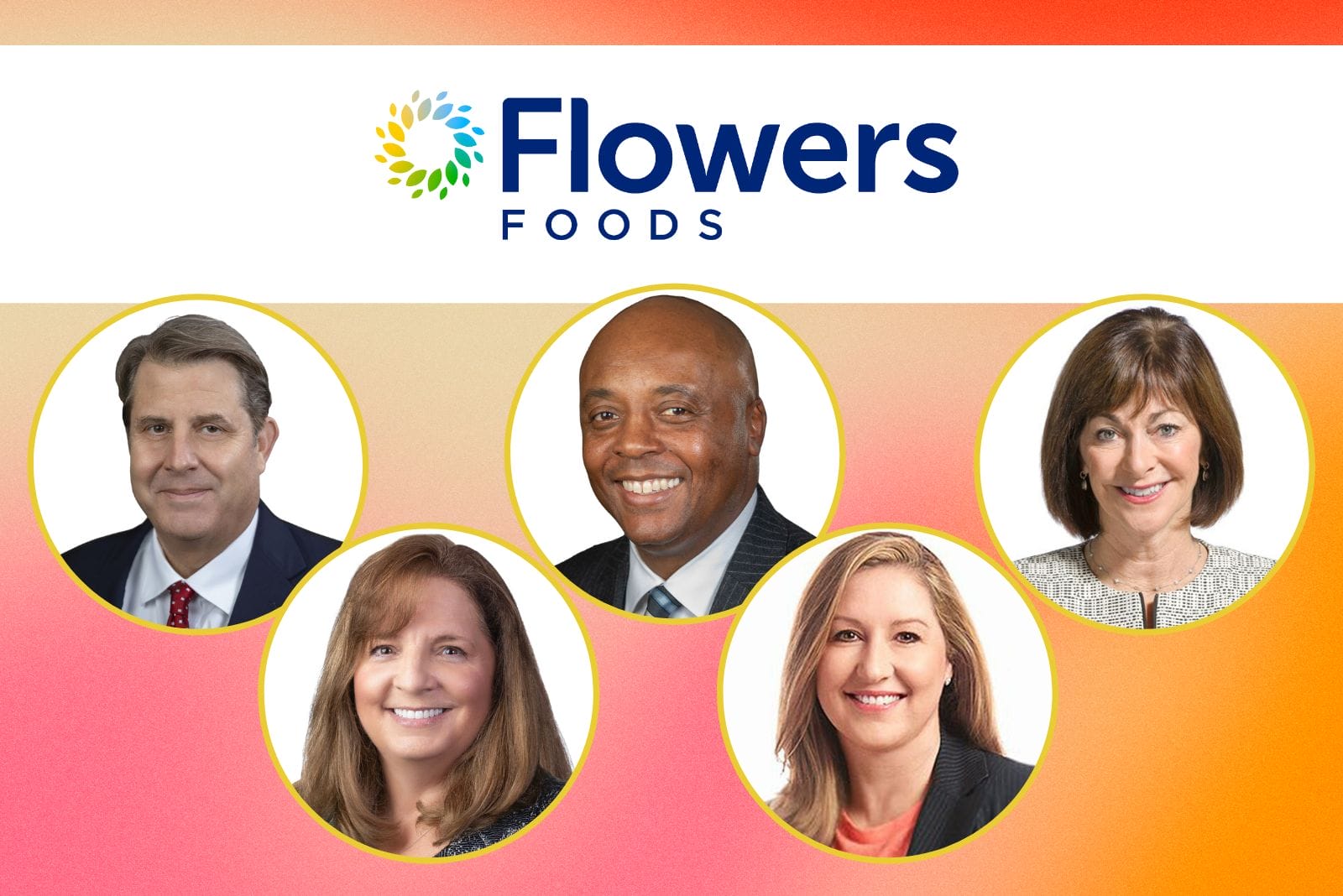PLANO, TX — The world has undoubtedly changed over the past five years. The COVID-19 pandemic, supply chain disruption and record-setting inflation became reality’s baseline and a precursor to global conflicts in Ukraine and the Middle East affecting wheat distribution and safe maritime routes.
But as with any historical route, they lay a foundation for the future and how industries choose to innovate as a response to large-scale challenges. The good news is the baking industry rang in 2024 in slightly better condition than it did in 2023. Supply chain issues seem to be waning, and commodity prices are looking closer to stable.
According to Rabobank, a Dutch cooperative bank focused on food and agribusiness with a dedicated research team, the 2024 outlook for agricultural commodity prices estimates that sugar, coffee, corn and soybeans will somewhat normalize this year.
Perhaps circumstances have stabilized. Or perhaps the baking industry has become more proficient at adapting to change.
“As an industry, we have learned how to navigate these rough waters,” said JP Frossard, VP, consumer foods at Rabobank. “We have a little less volatility. We can’t take that for granted, but it is better than the past few years have been.”
Trend No. 1: Convenience and indulgence
To navigate the shifting consumer behavior amid all this change, the first — and most important — step is to understand what remains the same.
“Convenience and indulgence are not going anywhere,” Frossard said “They were already pockets of growth before the pandemic, and they’re still performing well.”
Meanwhile, certain trends have seen a push in recent years. For example, while health and wellness remain strong in terms of consumer preference, their definition of it has changed. What used to be a focus on low- and no-fat has evolved into looking at baked goods holistically, whether that means from an ingredient list perspective or how a treat fits into a healthy lifestyle overall.
As people redefine what wellness means to them, many have also redefined indulgence as a part of it.
Trend No. 2: Online grocery shopping
Another trend getting a push in post-pandemic is online grocery shopping. Although it quickly gained traction for safety reasons during pandemic-related lockdowns, the trend is sticking around. Frossard noted that older consumers have become more computer- and mobile-savvy, prompting them to discover the ease of accessing grocery delivery and online discounts.
Trend No. 3: The evolution of social media
And then there are trends that have emerged from the pandemic’s upheaval. For example, while social media isn’t new, how it’s used — for both creation and consumption — looks almost nothing like it did five years ago.
With the rise of TikTok, consumers have become brand ambassadors at breakneck speed. Brands now must consider not only their outreach but also how consumers talk to one another about products, especially as short videos have become the content of choice for news and information.
“Convenience and indulgence are not going anywhere. They were already pockets of growth before the pandemic, and they’re still performing well.”
— JP Frossard | VP, consumer foods | Rabobank
Trend No. 4: Experiences vs. possessions
Perhaps one of the biggest trends to emerge in recent years, though, is the value consumers are placing on experiences over possessions. That could be due in part to high interest rates — intended to slow economic activity and stabilize inflation — preventing younger consumers from making long-term investments such as home ownership.
Shying away from long-term investments could drive the “you only live once” mentality that prioritizes the here-and-now.
“Despite inflation and higher costs, we’re still seeing people traveling and going to concerts,” Frossard said. “Many young professionals are saying, ‘I’m far away from buying my first home, so instead of saving further, I’m just going to enjoy my life.’”
A combination of indulgence, convenience, technology and experiences spells opportunity for commercial bakers when considering not only product development but also marketing opportunities, especially as the supply chain landscape begins to ease.












